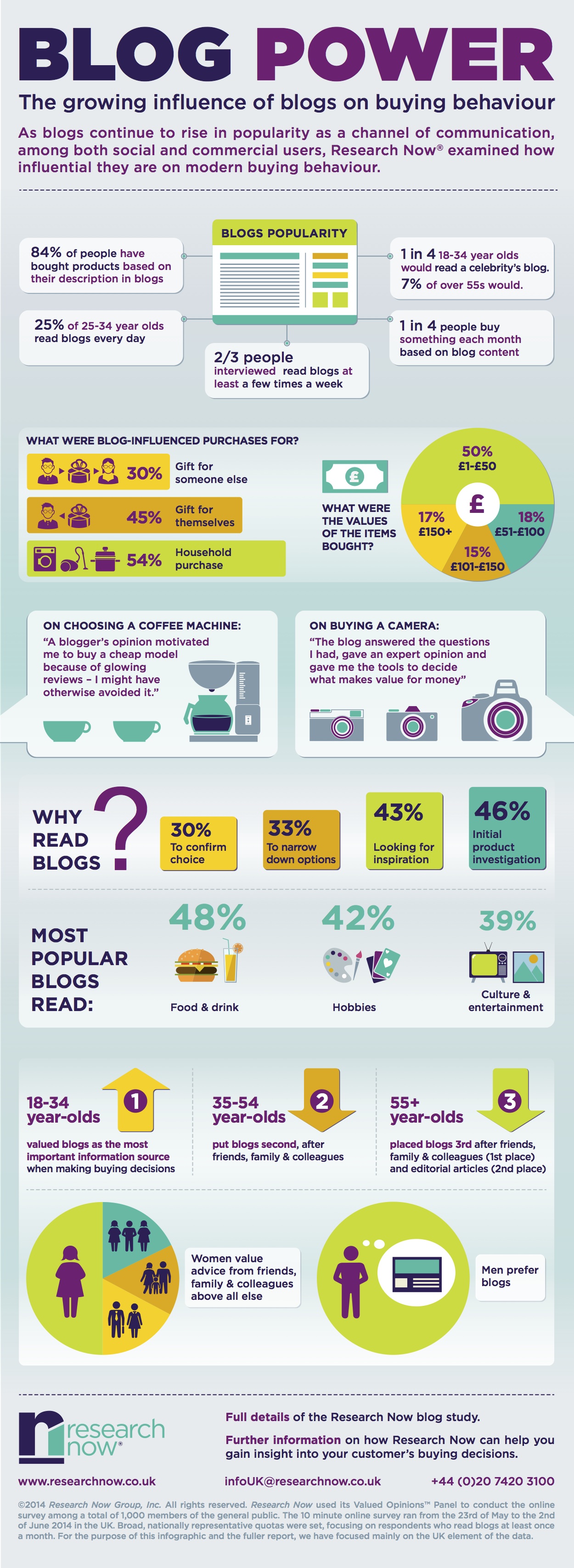 Online advertising is a key component of most brand marketing plans, but how many of the ads that are paid for by brands are actually viewed by consumers?
Online advertising is a key component of most brand marketing plans, but how many of the ads that are paid for by brands are actually viewed by consumers?
Based on the industry standard identified by the Media Rating Council, an online ad is considered viewable when at least 50% of the ad’s pixels are actually in view on the screen for a minimum of one second. Using that standard, Google reviewed its entire display ad platform to determine what factors affect ad viewability, which ads are performing better in terms of viewability, and which ads are performing worse.
Google measured performance using a viewability rate, which was calculated as the percentage of ads that were viewable out of the total number of ads that were measured. The results of the research are enlightening with four key factors rising to the top as having significant effects on display ad viewability.
1. Publishers
A total of 56.1% of display ads served by all publishers were non-viewable, but those ads were served by a small number of publishers. Overall, the average publisher non-viewability is 48.8%.
2. Position
You might think that ads at the top of a web page are the most viewable, but that’s not true based on Google’s findings. The most viewable online ad position in this study was immediately above the fold, not at the top of the page. In fact, this position was most viewable for 300 x 250, 728 x 90, and 320 x 50 ad sizes. Overall, viewability rates were higher in this study for ads positioned above the fold (68%) than below the fold (40%).
3. Size
The most viewable ad size is 120 x 240 (55.6% viewability rate). The least viewable online ad size is 300 x 250 (41.0% viewability rate). It’s important to note that vertical ad units, which stay on the user’s screen longer as they scroll down the page, are the most viewable ad size overall. The complete breakdown of viewability by ad size is as follows:
- 120 x 240 = 55.6%
- 240 x 400 = 54.9%
- 160 x 600 = 53.7%
- 120 x 600 = 52.5%
- 468 x 60 = 48.2%
- 300 x 600 = 46.3%
- 970 x 90 = 45.2%
- 728 x 90 = 45.0%
- 300 x 250 = 41.0%
4. Industry
Google reports, “Content that holds a user’s attention has the highest viewability,” as you’d expect. Viewability rates were highest for the reference (51.9%), online communities (48.9%), games (48.4%), arts and entertainment (48.0%), and jobs and education (47.8%) industries. Viewability rates were lowest for the business and industrial (47.2%), computers and electronics (47.1%), science (46.6%), internet and telecommunications (46.4%), and hobbies and leisure (44.8%) industries.
As you develop your display advertising plans for 2015, be sure to consider these research findings. They are very likely to affect your ROI!
Image: Paul Barker
 Brand storytelling is a hot topic these days but most marketers don’t know how to craft a compelling brand story. Unless you’re one of the marketers who actually took a creative writing class in college and you still have your copy of William Zinsser’s On Writing Well (yes, I still have mine), storytelling can be challenging.
Brand storytelling is a hot topic these days but most marketers don’t know how to craft a compelling brand story. Unless you’re one of the marketers who actually took a creative writing class in college and you still have your copy of William Zinsser’s On Writing Well (yes, I still have mine), storytelling can be challenging. Since 2009, the United States has held the top spot in the annual Anholt-Gfk Nation Brands Index SM, but according to the July 2014 survey of over 20,000 people in 20 countries, Germany has stolen the top spot as the best nation this year among a total of 50 ranked countries.
Since 2009, the United States has held the top spot in the annual Anholt-Gfk Nation Brands Index SM, but according to the July 2014 survey of over 20,000 people in 20 countries, Germany has stolen the top spot as the best nation this year among a total of 50 ranked countries. The power of blogs in influencing consumer purchase decisions is stronger than you might realize. According to data from a research study conducted by
The power of blogs in influencing consumer purchase decisions is stronger than you might realize. According to data from a research study conducted by 
 For consumer product brands that offer their products for sale in the United States, Black Friday and Cyber Monday are very important sales days. For years, brand marketers have reduced prices, opened retail locations early, and invested heavily in advertising to get a jump on holiday shopping sales. However, consumer behaviors are changing, and brand marketers have to shift their marketing strategies to meet changing consumer demands.
For consumer product brands that offer their products for sale in the United States, Black Friday and Cyber Monday are very important sales days. For years, brand marketers have reduced prices, opened retail locations early, and invested heavily in advertising to get a jump on holiday shopping sales. However, consumer behaviors are changing, and brand marketers have to shift their marketing strategies to meet changing consumer demands. If you advertise your brand online, then you’re familiar with the challenges in buying and selling premium online ad inventory for advertisers and publishers. Last year, Microsoft, AOL, Yahoo! and Yieldex started working on a standard API that would standardize buying and selling of premium inventory through programmatic technologies.
If you advertise your brand online, then you’re familiar with the challenges in buying and selling premium online ad inventory for advertisers and publishers. Last year, Microsoft, AOL, Yahoo! and Yieldex started working on a standard API that would standardize buying and selling of premium inventory through programmatic technologies.